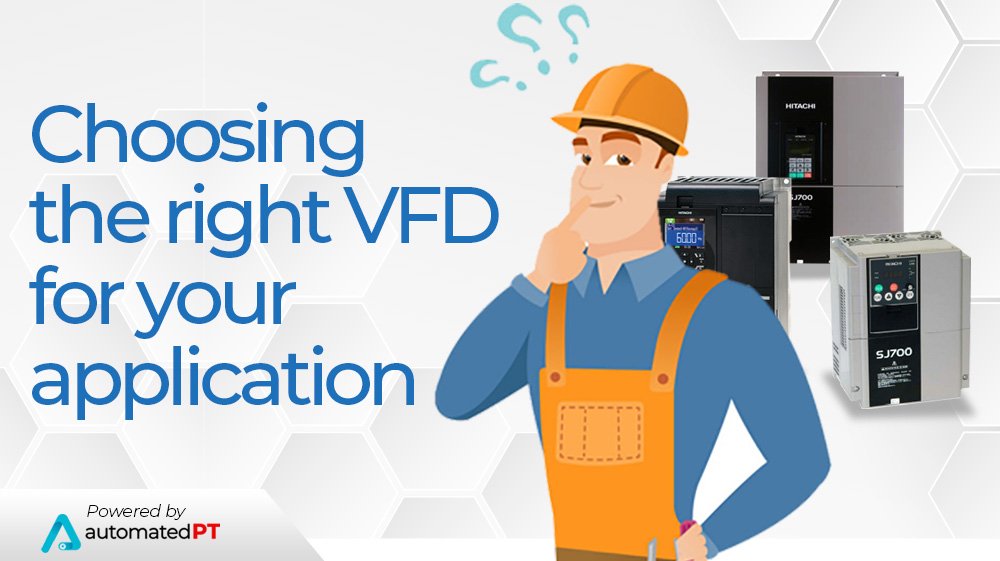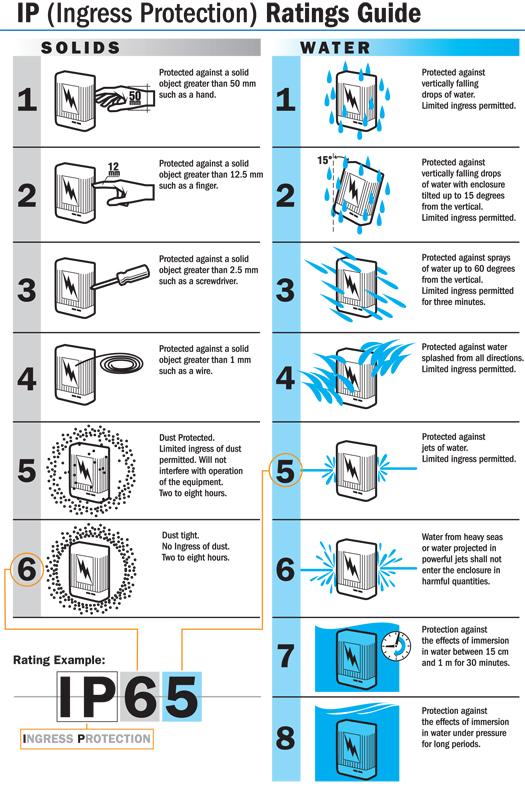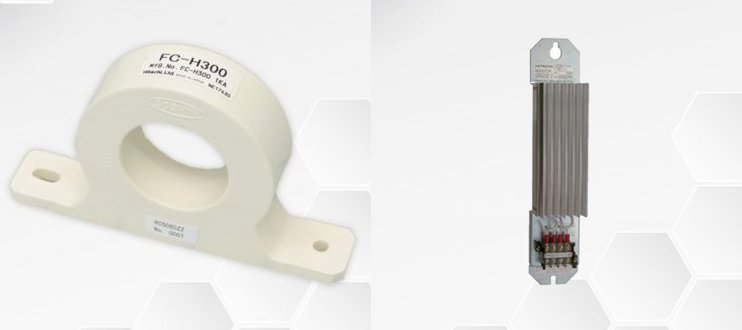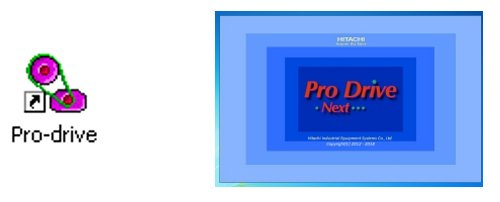How To's
Choosing the right VFD for your application
Motor Control requirements have changed over the years. From simple Start / Stop and Forward / Reverse controls, most applications now require increased accuracy and efficiency which a simple binary motor control may not be able to provide. These requirements along other factors contributed to the introduction of Variable Frequency Drives (VFD).
Variable Frequency Drives (VFD) are electronic devices primarily used to control the speed of an AC Induction motor. In other terminologies, this electronic device is sometimes termed as Industrial AC Drive, Variable Speed Drive, Frequency Inverter or simply Drives.
Commonly used with 3-Phase motors, VFDs may also be operated with 1-Phase motors using specific models that support such phase or in some cases, using a 3-Phase drive with derated capacity.
Variable Frequency Drives, similar to other devices, must be sized accordingly. However, with the advent of different drive types, application and other requirements, one may easily get confused when sizing a drive. There are several criteria though, that may be used as reference for narrowing down your selection or effectively choose the right VFD for your application.
A. WHAT IS THE SPECIFIC CHARACTERISTIC OF YOUR APPLICATION?
Whether you plan to install your VFD to industrial Fan and Pump application, Conveyors or Extruders among others, each of these have specific functional requirements. Generally, this can be Constant and Variable Torque. While motor rotation speed is accomplished via a VFD, Torque is developed which is the force that causes an object to rotate on an axis. Fan, Pump and Conveyors may require low starting Torque along its operating speed range while extruders, elevators, crane or applications that perform lifting of different load requires high-starting Torque along the drive’s operating speed range.
B. WHAT’S PRINTED ON THE MOTOR NAMEPLATE?
Motor nameplate offers crucial information when sizing a VFD. Motor parameters such as Supply Voltage, Phase, Full Load Current (FLA) are the most crucial information that must be looked into. In simple terms, The VFD output shall match the motor’s Supply Voltage and Phase while the FLA must be equal or ideally slightly higher than the motor’s.
- CONTROL METHOD
Hitachi drives mainly offer Scalar and Sensorless Vector Control. Scalar control maintains Voltage and Frequency in proportion, producing low Torque at low speed. Sensorless Vector Control on the other hand separates the flux producing Current and Torque producing Current. With Sensorless Vector Control, higher starting Torque or Higher Torque at low speed may be achieved that is especially compatible when lifting heavy loads. More recent models of Hitachi drives are integrated with enhanced Sensorless Vector Control, allowing an even higher starting Torque compared to other standard Sensorless Vector Control.
D. WHAT ENCLOSURE RATING DO YOU NEED?
VFDs are also sized and designed based on the enclosure requirement or by identifying the area classification where the drive will be installed. As VFDs are typically installed inside an enclosure, the enclosure must offer an adequate protection or meet the minimum protection requirement. Most Hitachi Variable Frequency Drives are designed with IP00 or Open Type enclosure as default configuration. Some VFD categories may be configured with an IP rated enclosure however, it is still ideal to install the drive inside an enclosure as drive accessories may not come with the same protection level as the VFD.
E. HOW DO YOU PLAN TO CONTROL YOUR VFD?
VFDs are capable of being locally or remotely controlled. Local control is achieved by means of Operator Interface Terminal or a Keypad as others generally term it. This Keypad allows the user to configure the drive, initiate START / STOP, FORWARD / REVERSE / JOG commands, increase speed via a built-in potentiometer and perform some of the basic. Local control may be also achieved by wiring Pushbutton and manual switches to the drive’s input terminals. Typically, these manually activated switches are installed to the same panel where the VFD is located.
Remote control may be implemented by hardwiring signals to the drive’s input terminals however, primary signal sources would be stand-alone controllers, Programmable Logic Controllers (PLC), Programmable Automation Controllers (PAC) and Distributed Control Systems (DCS). Signals from manual pushbutton switches, installed away or remote from the drive’s physical location may also be considered as remote-control source. Another method of remote control is through the supported communication protocol of the VFD. Via communication protocol, commands and configuration may be sent over the communication link. The advantage of this method is that it requires fewer wires.
Most VFDs may be controlled locally or remotely by means of a LOC/REM switch terminated at the LOC/REM input terminal of the VFD.
F. CONTROL SYSTEM INTEGRATION
Integration in simple terms refer to the capability of the VFD being monitored and controlled over a communication link. Common existing protocols supported by VFDs include MODBUS RTU, MODBUS Ethernet, PROFIBUS, Ethernet and other communication protocols. Most Hitachi Drives support MODBUS RTU as the native protocol while some drives support installation of additional communication peripherals to support other communication protocols.
F. ACCESSORIES AND INTEGRATED FEATURES
Some Variable Frequency Drives are provided with an integrated EMC filter, Operator Interface, and dynamic braking. With the inclusion of these components, external installation may not be needed which contributes to cost effectiveness. Hitachi drives also feature integrated functions such as Proportional + Integral + Derivative (PID) functionality, Embedded keypad, and Embedded potentiometer among others.
G. SOFTWARE SUPPORT
Most VFDs are configurable using a specific software. Hitachi drives support ProDrive or ProDrive Next configuration software packages, enabling offline and online configuration via a more user-friendly configuration environment. Other Hitachi drives support EasySequence Programming software, providing a PLC like functionality, allowing the VFD to execute logical condition sets that may be used to dictate the drive operation.
H. MODULARITY AND SCALABILITY
Modularity and scalability feature allows a VFD to be installed with peripheral cards such as communication adapters. These peripheral cards may be installed anytime to expand the capability of the drive.
References:
Motor Nameplate:
https://www.google.com/url?sa=i&url=https%3A%2F%2Fwww.worldwideelectric.net%2Fresource%2Felectric-motors-how-to-read-the-nameplate
Sensorless Vector Control
Hitachi WJ200 Manual
Volts / Hertz Control
https://www.machinedesign.com/motors-drives/article/21833844/how-to-choose-the-right-control-method-for-vfds







